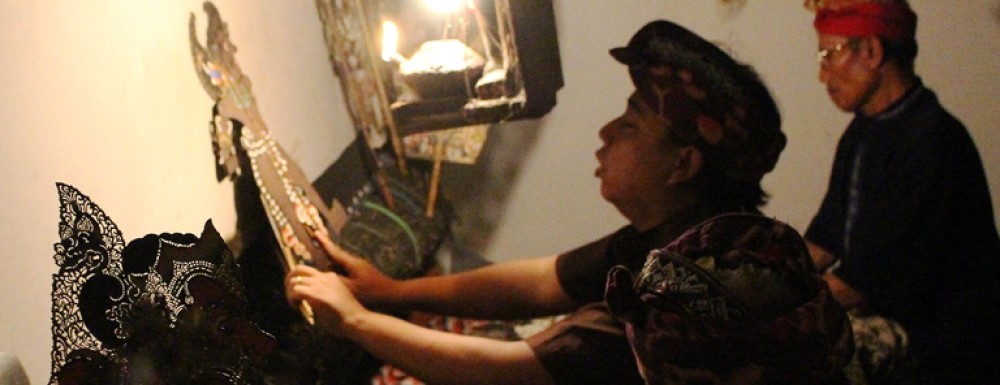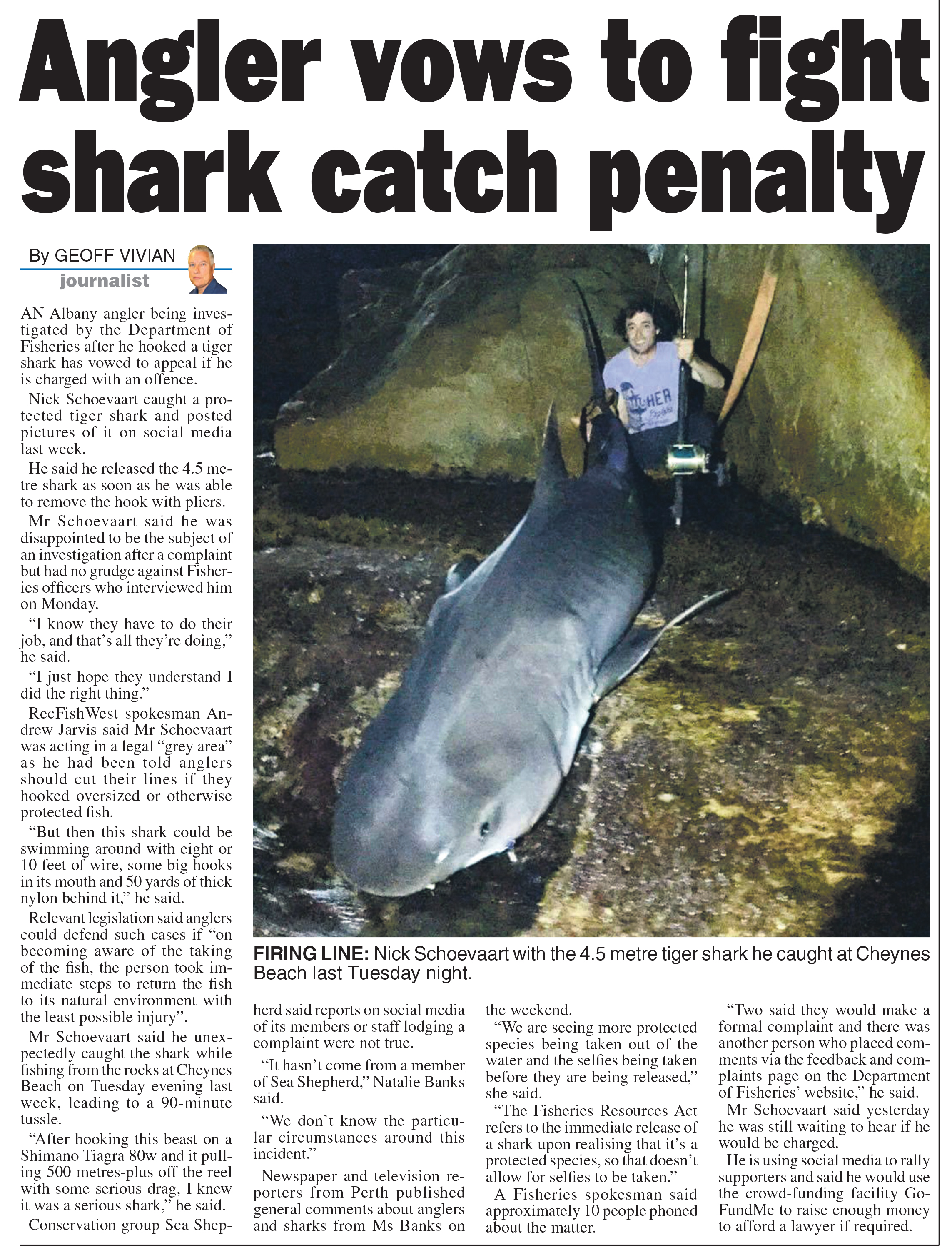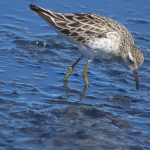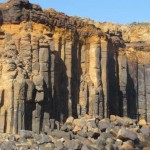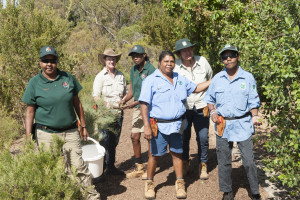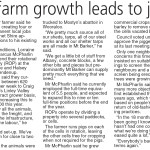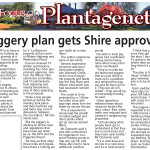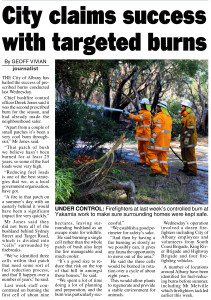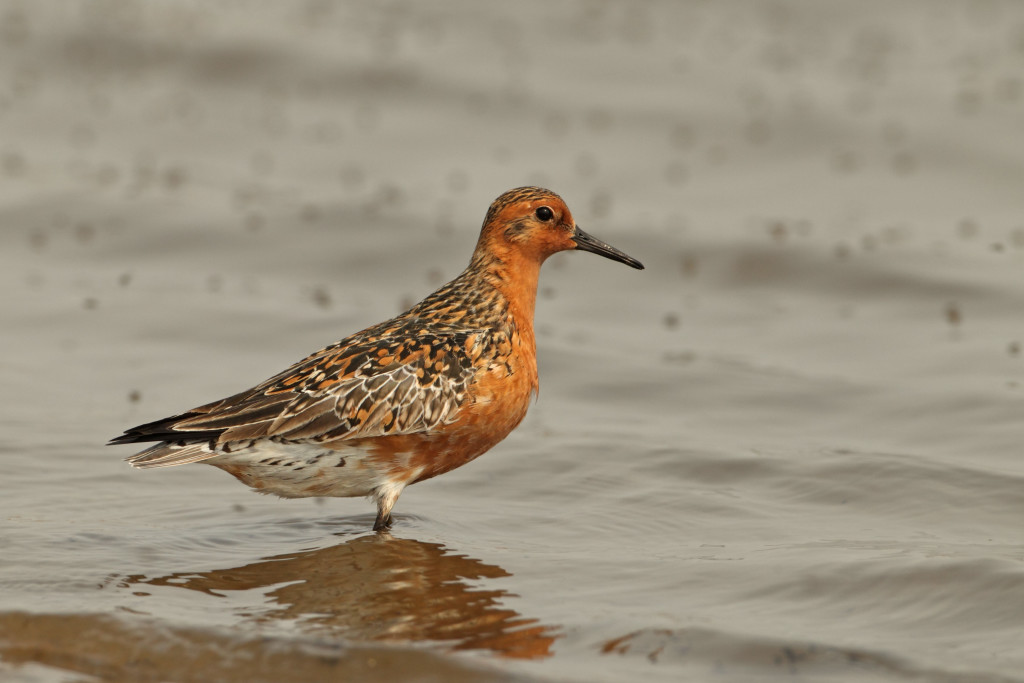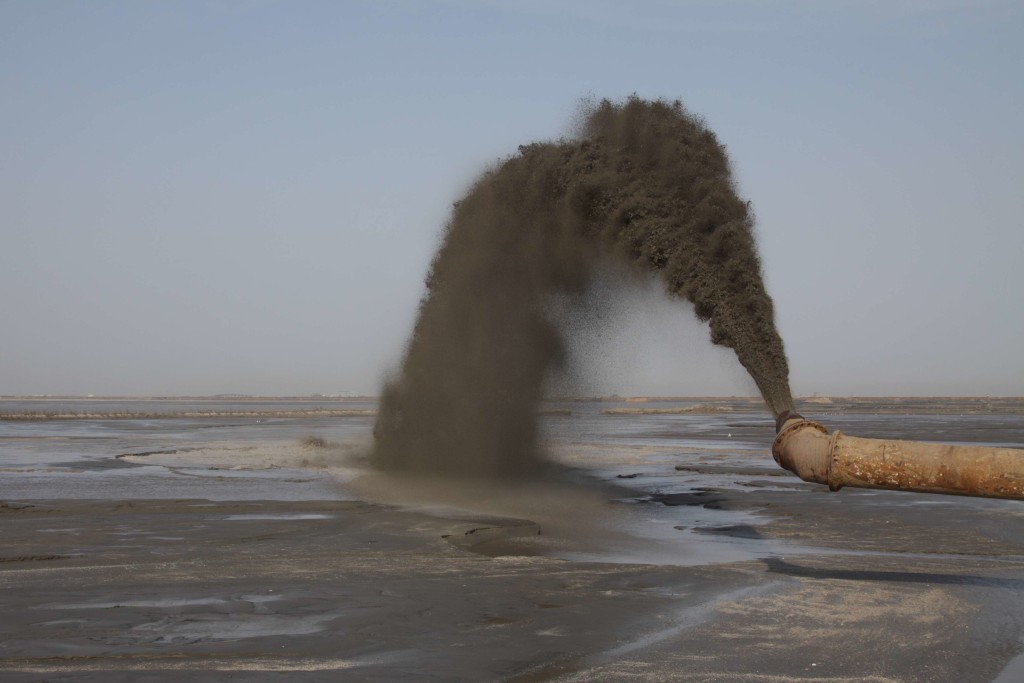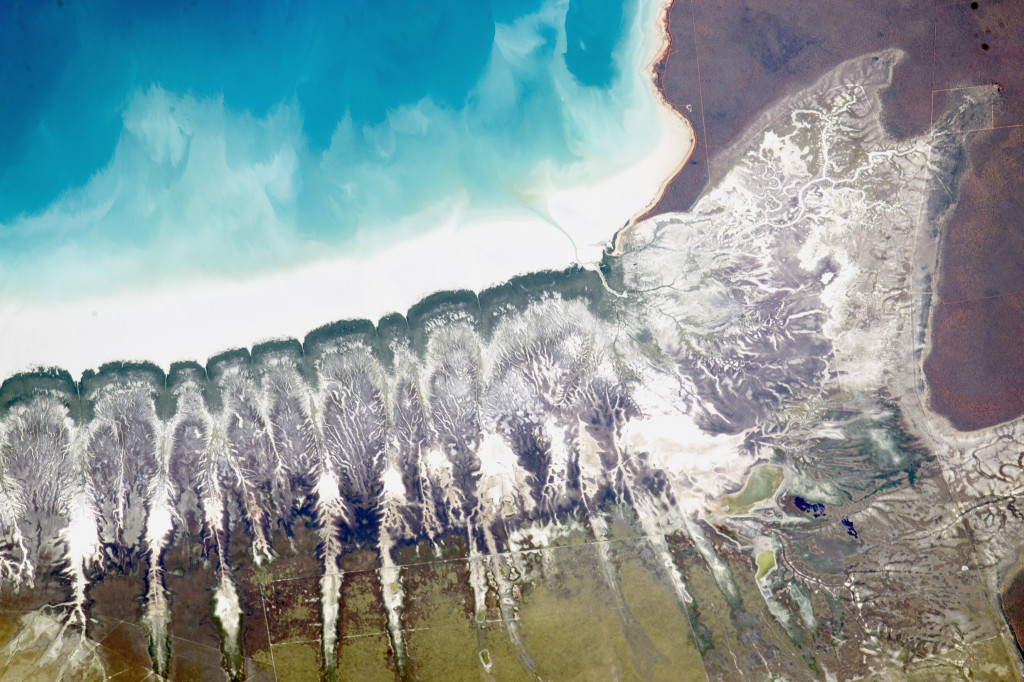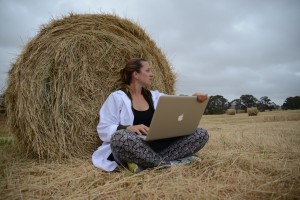A formerly “threatened” species has been reclassified “vulnerable” as the birds start to repopulate the East Kimberley.
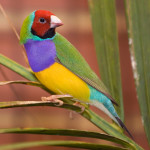
Photo by Martin Pot
Two scientists, Sarah Pryke and Sarah Legge, have worked hard to identify the Gouldian Finches’ ideal habitats and feed, and a third, Alex Watson, is working with Kija Rangers to re-establish them.
The method depends on mimicking the effects of the traditional Aboriginal mosaic burning practices using modern technology.
As the website Science Network WA is now defunct I have reproduced the story here: Continue reading
